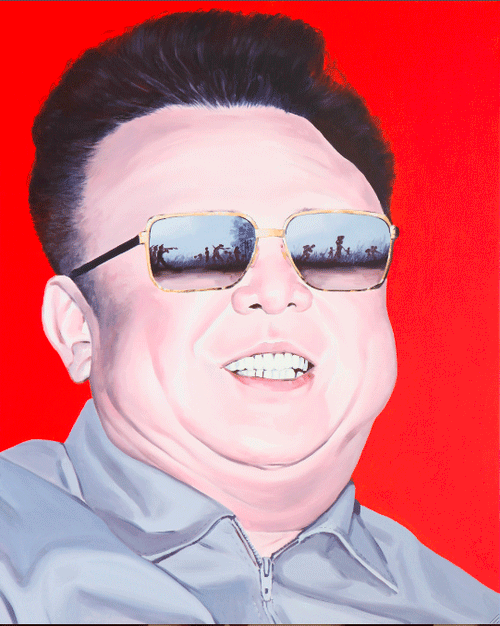A month before the winter season and concerning news is already being leaked from within North Korea borders. Since January last year, getting access to information continues to be rocky terrain — reports have been various and seemingly concrete. As it stands, North Korea's most vulnerable people may be facing another starvation crisis.
North Korea's authoritarian regime sharply curtails freedom of expression and religion, and severely prohibits political opposition. This hostile atmosphere becomes the seal of one of the most repressive countries in the world. Meanwhile, COVID-19 only aggravated the already precarious situation, with outlines registering an increase in crimes against humanity, including forced labour, murder, enslavement and torture.
On this date, with a starvation crisis on their hands, the government is harshly monitoring food and product distribution, ordering that all citizens, including the army, help gather rice and corn. Any violations of the decree are to be met with severe punishment. As a wave of fear resides on the land, where does art fit in such a world? It doesn't — not as we know it.

In my search for North Korean artists to address, I could only pinpoint three to four names — all of whom defected to South Korea. The rest don't own one. Artists in the country work for the regime, only allowed to practice if they hold government permission, and only for political propaganda. There have been rumours that artists incorporate hidden messages on the posters and murals, and although it seems to be mere speculation, their artistic freedom resides solely in a few garments and feature adjustments.
While art remains a somewhat distorted notion, the concept of freedom of expression still struck artists as Sun Mu that led the movement forward against the austere grips of the North Korean leaders.
Since 1998, when escaping from North Korea as one of their top propaganda artists, Sun Mu (a pseudonym that means “the absence of borders”) continues to adopt the socialist realism techniques he learned during his time as an artist assigned to paint murals and propaganda posters. Though, recent artworks have a fundamental distinction. Realism is weaved with a sharp provocative tale, incorporating a political message against oppression.

The socialism propaganda aesthetic is now intertwined with slogans against capitalism and abolition of freedom, utilising satirical and provocative imagery.
“When I lived in North Korea, I did whatever the political party and government told me to do. We were all educated to be loyal to Kim Il Sung and Kim Jong Un,” the artist states. “If North Korea was like South Korea is today, I would have stood up and protested.
While the political and artistic freedom of South Korea granted him the liberty to create, it also put a target on his back. The controversy behind most of his paintings is a risk for his family still living in North Korea, where the “Three Generations of Punishment” rule still operates.
Known in South Korean news outlets as the “faceless” or “nameless”artist, Sun Mu's concern for safety and anonymity do not deceive his purpose to raise awareness of the intolerable suffering North Koreans face under the authoritarian regime. In the light of these concerns, Sun Mu practice addresses the United Nations Sustainable Development Goal for Peace, Justice and Strong Institutions, Zero Hunger, and Decent Work and Economic Growth.
In 2015, after the release of his documentary I am Sun Mu, his anticipated solo exhibition in Beijing was closed by Chinese authorities before even opening. Most of the pieces were confiscated, and Sun Mu is not allowed to go back to China at the risk of being arrested on sight.

The solo exhibition Red, White, Blue, named after the colours of the North Korean flag, was heavily regulated because it permitted visitors to step on the portraits of North Korean leaders with Santa Claus hats — subjects that are considered sacred. Since then, Sun Mu’s art has caused enormous controversy and faced countless restrictions.
“I believe that freedom is my own personal responsibility,” the artist says. “To be an artist is to be someone who can freely communicate to the world; someone who can tell a story about both the past and present, along with the future.”
The artist's international recognition, his ironic imaginaries and his depictions of North Korean leaders showcase the unjustifiable horrors committed daily under this government. Sun Mu's own lifestyle reflects the corrosive impact an authoritarian regime can have on the lives of people.
See more of Sun Mu’s work here and join him in this continuous fight against oppression by raising awareness of the countless crimes against humanity in countries like North Korea.
